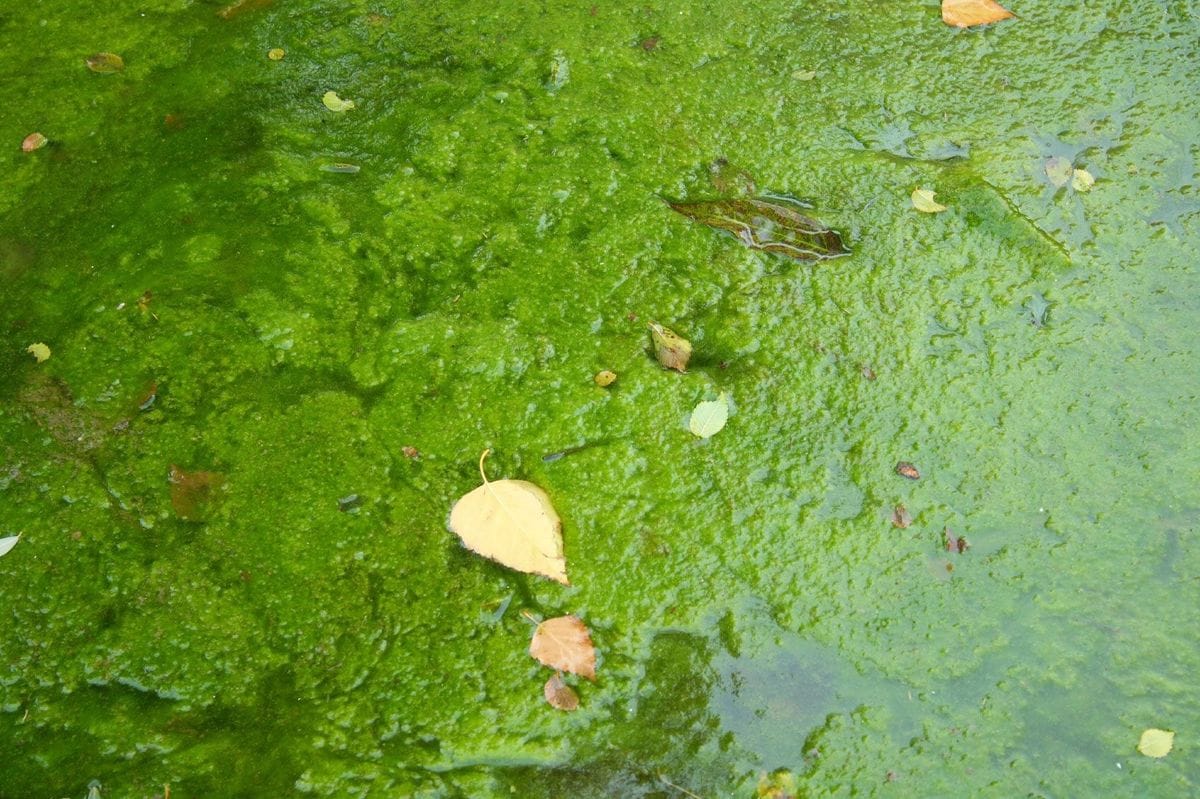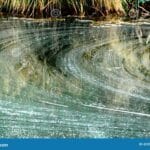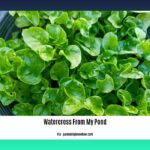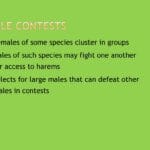Solving the New York Times crossword and stumbled upon the clue “pond scum”? The answer you’re seeking is ALGAE. While this five-letter word quickly fills the grid, it unlocks a world far more complex and fascinating than its crossword clue suggests. This article not only provides the solution but delves into the science of algae, debunking the “scum” stigma and exploring its vital ecological role. We’ll also touch on how this seemingly simple clue connects to larger environmental issues and ongoing scientific research.
Unmasking the Algae: Beyond the Crossword Clue
Cracking the “Pond Scum” Code
The New York Times crossword, both the standard and mini versions, frequently features “pond scum” as a clue. Variations like “pond growth” or “pond scum, typically” also point to the same solution: ALGAE. This clue has appeared on numerous occasions, including January 10, 2024 (Mini), January 5, 2021 (Mini), October 13, 2023 (Mini), and October 6, 2021 (Regular), showcasing its recurring presence. Websites like nytcrosswordanswers.org and crossword-solver.io often confirm “ALGAE” as the solution, further cementing its status as a crossword regular. You can also listen to the enchanting sound of the quetzal whistle echoing through the vibrant forest.
From Scum to Superorganism: Reframing Algae
While “pond scum” evokes images of unpleasant green goop, algae are far more than just an unsightly nuisance. These microscopic organisms are the bedrock of many aquatic ecosystems, functioning as primary producers and oxygen factories. Like terrestrial plants, they perform photosynthesis, converting sunlight into energy and releasing oxygen, crucial for aquatic life. Their role extends beyond oxygen production; they form the base of the food web, sustaining a complex network of organisms, from microscopic zooplankton to larger fish and even marine mammals. Witness how the feathers shimmer with an array of colors nyt, a breathtaking spectacle of nature’s artistry.
Algae’s Ecological Significance and the Problem with Blooms
The Double-Edged Sword: Algae’s Impact
Algae’s presence in ecosystems is a complex interplay of vital functions and potential disruptions. They are essential nutrient providers, fueling the entire aquatic food web. However, under certain conditions, their rapid growth can lead to harmful algal blooms. These blooms, often triggered by excess nutrients like nitrogen and phosphorus from fertilizer runoff and other human activities, create the very “pond scum” that gives algae its negative reputation. These blooms can deplete oxygen, creating “dead zones” that threaten aquatic life. This duality highlights the delicate balance within aquatic ecosystems and the potential consequences of human impact.
Types of “Pond Scum”: A Diverse Microscopic World
The term “pond scum” often encompasses various organisms, including filamentous green algae (like Cladophora, Pithophora, and Spirogyra), diatoms, and cyanobacteria (sometimes misleadingly called “blue-green algae”). Filamentous algae appear as long, stringy strands, resembling wet hair, while cyanobacteria often form a bluish-green film. Some cyanobacteria can produce toxins harmful to humans and animals, making proper identification crucial. Diatoms, with their golden-brown hue, contribute to cloudy water but are generally not harmful.
| Type of Algae/Bacteria | Appearance | Potential Issues |
|---|---|---|
| Filamentous Green Algae | Long, thread-like strands | Unsightly overgrowth, blocks sunlight |
| Cyanobacteria | Bluish-green film or scum | Can produce toxins harmful to humans and animals |
| Diatoms | Golden-brown, often slimy | Contributes to cloudy water |
Understanding these different types is crucial for effective pond management and addressing potential ecological imbalances.
Managing and Preventing Algal Blooms
From Problem to Solution: Managing “Pond Scum”
Various strategies exist for managing algal overgrowth, each with its own pros and cons. Physical removal, such as raking or skimming, provides immediate visual improvement but is labor-intensive and doesn’t address the underlying cause. Chemical treatments (algaecides) can be effective, but their use requires caution due to potential harm to other aquatic life. Biological control, using beneficial bacteria or barley straw, offers a more environmentally friendly approach but may take longer to show results.
Preventing Blooms: A Sustainable Approach
The most effective long-term solution lies in preventing blooms in the first place. Reducing nutrient runoff into ponds, managing surrounding vegetation, and ensuring proper aeration can significantly limit algal overgrowth. These preventative measures create a healthy, balanced ecosystem less susceptible to excessive algal growth. Ongoing research explores how factors like climate change influence bloom frequency and intensity, seeking better ways to protect our water resources.
| Method | Description | Pros | Cons |
|---|---|---|---|
| Manual Removal | Skimming or raking algae from the pond’s surface. | Immediate visual improvement, no chemicals. | Labor-intensive, temporary, may spread spores. |
| Chemical Treatment | Applying algaecides to eliminate algae. | Fast-acting, controls existing blooms. | Potential harm to other aquatic life, may require repeated applications. |
| Biological Control | Introducing beneficial bacteria or barley straw to compete with algae. | Environmentally friendly, promotes ecosystem balance. | Slower results, effectiveness may vary. |
| Nutrient Reduction | Limiting fertilizer use, managing vegetation, and aerating the pond. | Addresses root causes, improves overall pond health. | Requires ongoing effort and planning, may involve multiple strategies. |
Conclusion: From Crossword Clue to Ecological Awareness
“Pond scum,” a seemingly trivial crossword clue, opens a doorway to a world of ecological significance. While the term itself carries negative connotations, algae are essential components of healthy aquatic ecosystems, playing crucial roles in oxygen production and nutrient cycling. Understanding the complexities of algae and the factors contributing to blooms, like excess nutrients and rising temperatures, allows us to appreciate the interconnectedness of our environment and the importance of responsible stewardship. The next time you encounter “pond scum” in a crossword, consider the broader ecological context and the ongoing scientific efforts to understand and manage these vital, yet sometimes problematic, organisms.
- Revolution Space: Disruptive Ion Propulsion Transforming Satellites - April 24, 2025
- Race Through Space: Fun Family Game for Kids - April 24, 2025
- Unlocking the Universe: reading about stars 6th grade Guide - April 24, 2025
















